Pulsating Stars
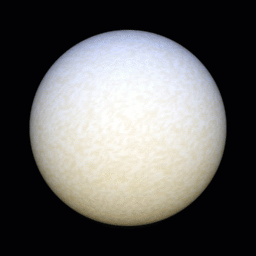
|
All through the galaxy, we find stars that pulsate. Gravity makes stars
very spherical. Because of this, we can describe the pulsations with math
functions called spherical harmonics. The patterns of these functions
depend on two numbers, usually called "l" and "m".
The value of "l" changes the total number of hot and cool zones. The value
of "m" can only be between "-l" and "+l". It changes how the hot and cool
zones move around the surface.
From far away, we can only see the brightness change when "l" is small.
Play with the values of "l" and "m" to see some of the different ways
stars can pulsate.
|
 Sounds of the Stars
Sounds of the Stars
 Astronomers Discover New Type of Pulsating White Dwarf Star
Astronomers Discover New Type of Pulsating White Dwarf Star
You might also be interested in:
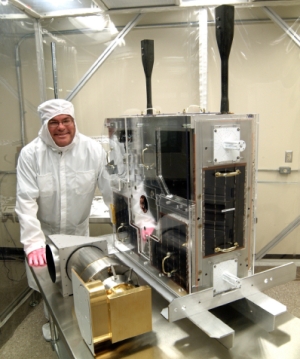
The MOST satellite is Canada's first space telescope. It is the size of a large suitcase. It was launched into orbit from Russia in June 2003 on a missile built for a nuclear warhead. Under a peace treaty
...more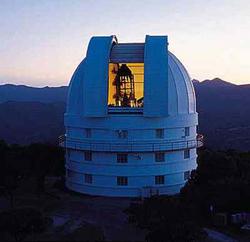
Have you ever wondered what it would be like to take a trip to an observatory to use the telescope? In February 2006, astronomer Travis Metcalfe was granted 7 nights of observing time on one of the telescopes
...more
Here you will find links to all sorts of pictures, animations, videos, sounds, and interactive multimedia that are on Windows to the Universe Explore collections of images in the Image Galleries. Watch
...more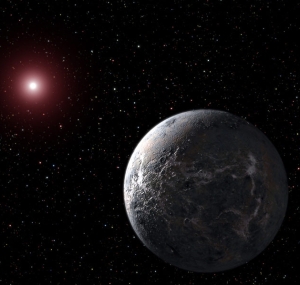
Did you know that about 200 planets have been discovered around distant stars? The first planet found to be orbiting a star like our Sun was announced in 1995. Since then astronomers have continued to
...more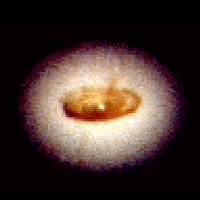
Black Holes are theoretical objects. A black hole is an object which has such high gravitational pull that not even light can escape. Hence it is black. Which makes it pretty hard to observe directly.
...more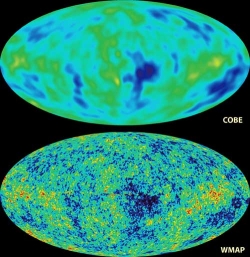
In the 1960's a startling discovery was made by accident. A pair of scientists at Bell Laboratories detected some annoying background noise using a special low noise antenna. The strange thing about the
...more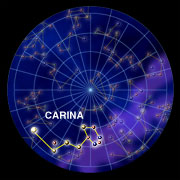
The constellation Carina is known as the Keel, which is the bottom part of old ships. Carina was originally a part of Argo Navis, which was a huge boat in the night sky. It has since been divided into
...more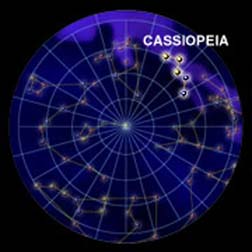
Cassiopeia was the wife of King Cepheus. She was very pretty, and would often brag that she and her daughter were more beautiful than the sea nymphs, the Nereids. They complained to Poseidon, who sent
...more

 Astronomers Discover New Type of Pulsating White Dwarf Star
Astronomers Discover New Type of Pulsating White Dwarf Star















